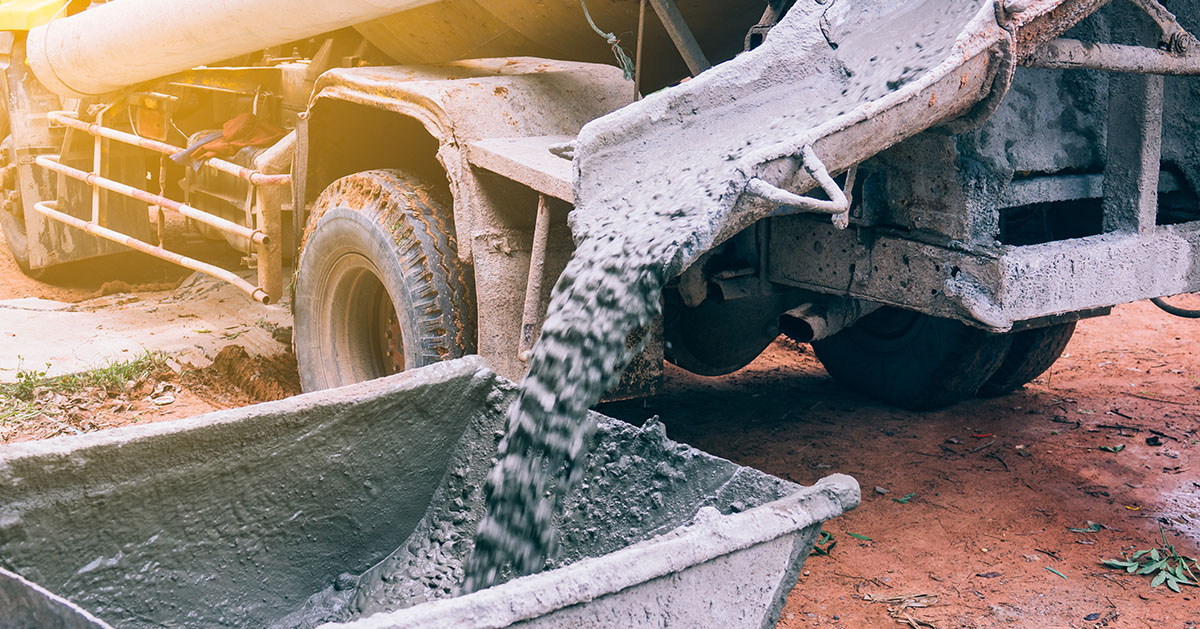The disposal of slurry and waste concrete poses a potential risk of environmental harm if not managed appropriately. Creating and maintaining a designated wash-down area allows for contractors to correctly wash down equipment whilst reducing the risk of pollution to waters or land.
Managing concrete washout
Concrete wash water is alkaline (with a pH of around 12) and contains substantially high levels of Chromium, with the potential to harm and pollute land as well as seep into the ground and contaminate groundwater. Concrete washout material, if not managed effectively can increase the pH of surrounding waters in addition to posing potential harm to aquatic life and pollution to waters, including storm water.
Effective concrete washout facilities are used to contain liquids and concrete slurry when the chutes of concrete mixers and hoppers of concrete pumps are washed out after delivery to a site. These washout facilities are utilized to combine solids for simpler reuse or disposal and the prevention of contaminated runoff liquids. Solids that are wrongly disposed of can clog water drain pipes – resulting in flooding. Installing and utilising washout facilities not only assists in the prevention of water pollution but is also considered simply a matter of “good housekeeping” on construction sites.
Location and management of washout areas
The following management measures should be considered to reduce the potential risks of concrete washout areas on the environment:
- The washout area should be situated away from storm water drains, drainage lines and bodies of water.
- The concrete washout area should be conveniently located for washing out equipment and clearly indicated.
- All wash down water is to be contained within the designated watertight bund.
- Concrete washout areas are typically not designed for the gathering of excess concrete. Excess concrete waste should be returned to the local batching plant for treatment and re-use, or placed in a site receptacle designated for concrete and masonry, and allowed to set.
- To reduce the quantity of washout water produced, excess concrete should be scraped off the equipment before it is washed and placed in a site receptacle suitable for masonry and concrete.
- A high pressure, low volume water spray nozzle is recommended to reduces excessive water use.

Monitoring
All concrete washout areas should be maintained and monitored to safeguard that they are fully functioning and have adequate storage capacity.
Monitoring should be undertaken as a minimum:
- Weekly during dry weather
- Prior to forecast rainfall events
- During rainfall events
- As soon as practical following the event of rainfall.
Set concrete should be removed to reinstate capacity to the washout area and prevent overflows.
Environmental Incidents
Lastly, any environmental incidences should be reported. An environmental incident emerges if concrete is washed out in an area other than the designated concrete washout area.
If you are interested in talking to the experts in concrete washout, get in contact with one of out concrete washout solution specialist at info@pumperdump.com.au or by using the PumperDump App (App Store) (Google Play)Ref: Extracted from the NSW Government’s Concrete Washout Guidelines
